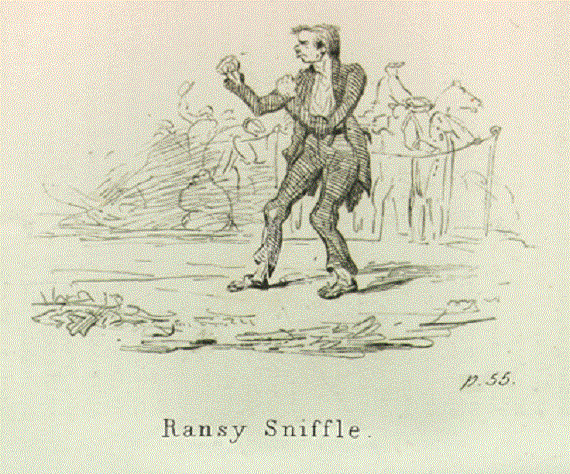
When Georgia Scenes came from an Augusta, Georgia press in 1835, the literary world realized (to varying degrees) that here was a new kind of book. It took a discerning critic like Edgar Allan Poe to recognize so immediately that its “verisimilitude” was an outstanding trait. What was so radically new about the work was its author’s intention not to pretty life up. He would view the world and human nature head-on without idealization or sentimentality. Neither would he sensationalize experience by- dwelling overmuch on life’s grim, violent, or bizarre aspects. To do so would be yet another form of distortion equally false as idealization; though when he encountered these unattractive truths of life, he would certainly not ignore or diminish them. Furthermore, he would choose his human subjects as he found them. And for the most part, he encountered “plain people”—the yeoman farmer, the dwellers in small towns and rural communities, the simple folk satisfied to be let alone to live their “commonplace” lives.
His canvas would also include members of an “upwardly mobile” middle class intent on making its way in the world; the manly gatherings for the hunt, horse race, gander pulling, or shooting match; the participants in a rural frolic; the more sophisticated devotees of parlor gatherings for cotillions and musical entertainments. His work would be set solidly on Georgia soil; and Georgia scenery (both natural and man-made) would be easily discernible as Georgian. No detail w-ould be too insignificant to chronicle in presenting this slice of life. For example, when we encounter a picture of a Georgia log cabin with mud-daubed log chimney, then we must know that such is as close to a photograph thereof as we will ever see. When the rules by which a shooting match is carried on are set forth by a character, then we can assume that this is precisely the way it was done; and make no mistake! Longstreet’s ear was particularly keen; and his realistic dialogue rich with carefully rendered Georgia dialect (as Poe noted) is an especial strength. His different characters speak differently, as they indeed must have in real life. The fact that Longstreet so often takes time to note a particular localism (for example, that the word “rotation” in middle Georgia dialect means “fight”) should impress on the reader the particularity with which he draws his picture, and the extreme care he lavishes on the specificity of his canvas. To expand the art figure: his writing is thus akin to the masterpieces of the Dutch genre painters.
More @ The Abbeville Institute

That was quite an exhaustive review of a very interesting character.
ReplyDeleteNicely done.
I really enjoyed it.
Delete